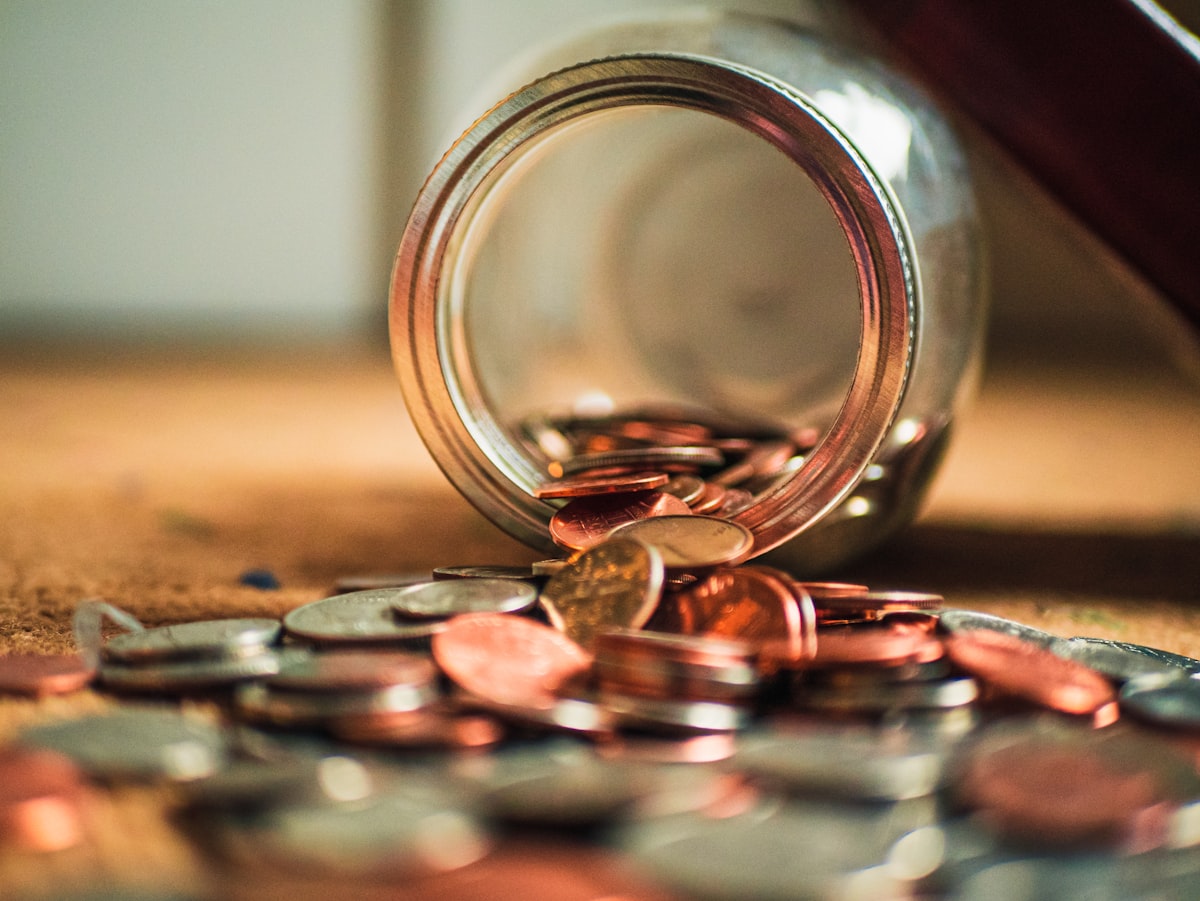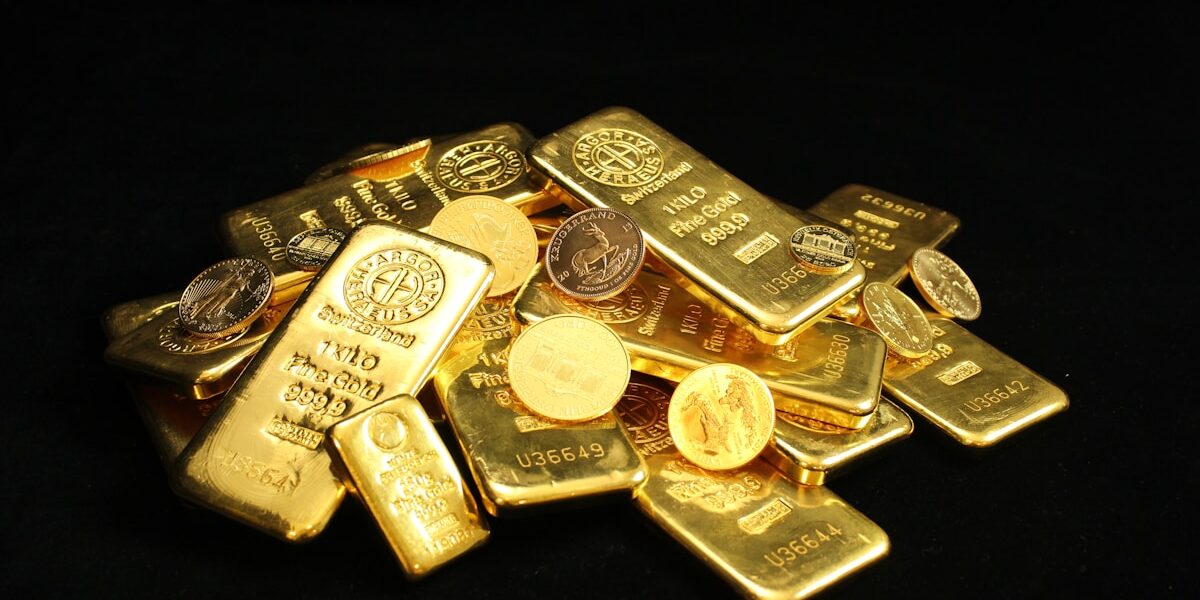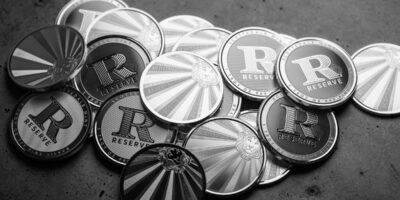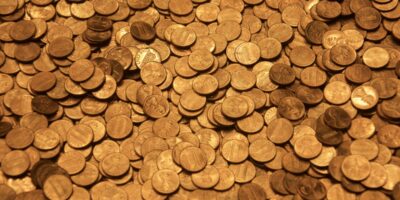The Smallest Gold Coin: An Examination of Its Origins and Characteristics

Gold coins have been a symbol of wealth and a medium of trade for centuries. Among these, the smallest gold coin holds a special place due to its unique history and characteristics.
Historical Context of Gold Coins
Gold has been used as money for over 2,600 years. The earliest known gold coins date back to 600 B.C. These coins, minted by King Alyattes of Lydia, featured a lion’s head on one side. They were made of electrum, a naturally occurring alloy of gold and silver. The use of gold coins spread quickly through ancient civilizations, becoming a staple in trade and commerce.
The Intriguing Chronology of Miniature Gold Coins
Over time, various cultures have minted small gold coins. These coins were often used for smaller transactions where silver or copper coins might have been too cumbersome. One of the earliest known small gold coins is the Roman Solidus, introduced by Emperor Constantine I in 312 A.D. It weighed about 4.5 grams but was later reduced in size under subsequent emperors.
Modern-Day Small Gold Coins
In the modern era, many countries have minted small gold coins for collectors and investors. The smallest modern gold coins are often less than 1 gram in weight. These coins are appealing because they are accessible, both in terms of cost and size.
For example, the Royal Mint of the United Kingdom releases a 1/40th ounce gold Britannia, which is approximately 0.78 grams. The coin features Philip Nathan’s iconic Britannia design and has become a collector’s item since its introduction.
One of the most significant small gold coins is the Austrian Mint’s 1/25 ounce Vienna Philharmonic. This coin weighs about 1.24 grams and showcases the famous pipe organ from the Vienna Musikverein’s Golden Hall on one side. The other side features an array of orchestral instruments. The coin has been in production since 2014 and is highly sought after by collectors.
The Technical Craft of Minting Tiny Gold Coins
The production of tiny gold coins requires precision. These coins must meet high standards of purity. Most small gold coins are made of 22 or 24-karat gold. The minting process includes designing the coin, creating dies, striking the coins, and quality control. Given their size, ensuring clear detail on these coins is a technological achievement.
Collectibility and Investment Potential
Small gold coins are popular among collectors due to their affordability and aesthetic appeal. Investors also see value in these coins. Gold is a relatively stable investment, and small gold coins allow for easy entry into the precious metals market. These coins, while small, pack significant value both historically and monetarily.
Notable Small Gold Coins from Around the World
- Swiss 20 Franc Vreneli: Weighing 5.81 grams, this coin is notable for its intricate design and long history.
- Indian 10 Rupee Gold Coin: These coins, minted during British rule, are highly valued by collectors.
- American Gold Eagle 1/10 oz: Weighing about 3.11 grams, it’s popular among U.S. investors and collectors.
- Chinese Panda 1 gram: Known for its yearly changing design featuring a panda, it weighs exactly 1 gram.
The Economic Impact of Tiny Gold Coins
Small gold coins can impact the economy by making gold more accessible. They offer a lower entry point for new investors and help diversify investment portfolios. This increased accessibility can stabilize markets, as gold often acts as a hedge against economic uncertainty.
Advantages of Investing in Small Gold Coins
Investing in small gold coins has several benefits. First, they are easy to store and transport. Second, they offer flexibility in investment amounts. Third, small gold coins are less likely to be counterfeited due to their intricate designs and minting techniques. Lastly, they are highly liquid, meaning they can be easily sold in the market.
Cultural Significance and Symbolism
Gold coins, regardless of size, embody cultural and historical meanings. They serve as artifacts that tell the story of a civilization’s prosperity, trade practices, and artistic accomplishments. Small gold coins, though diminutive, carry the same weight in terms of historical significance. They represent the everyday transactions of societies and offer a tangible link to the past.
These coins also hold symbolic value. In many cultures, gold represents wealth, purity, and status. Gifting gold coins is a tradition in various ceremonies and milestones, signifying good fortune and prosperity.
The Role of Technology in Modern Minting
Modern technology plays a crucial role in minting small gold coins. Advanced minting techniques ensure that even the smallest coins have high detail and precision. Technologies such as laser engraving and computer-aided design (CAD) allow mints to create intricate designs that were not possible in the past.
Machine-assisted striking ensures that each coin meets exact specifications. Quality control processes, often involving both manual inspection and automated systems, ensure that only the best coins reach the market.
Accessibility and Market Dynamics
Small gold coins have made gold investments more accessible to a broader audience. Traditional gold investments often required significant capital. However, small coins allow people to start investing with a lower initial outlay. This accessibility democratizes the market, enabling more people to protect their wealth through gold.
Market dynamics also play a role in the popularity of small gold coins. During periods of economic instability, the demand for gold often increases. Small gold coins offer a practical and affordable way for individuals to diversify their investment portfolios and hedge against potential financial crises.
Prominent Examples of Modern Small Gold Coins
- Canadian Maple Leaf 1 gram: Known for its high purity of 99.99% gold and the iconic maple leaf design.
- Perth Mint Kangaroo 0.5 gram: Features a kangaroo design and is part of a series with various wildlife themes.
- South African Krugerrand 1/10 oz: A smaller version of the iconic Krugerrand, it combines historical significance with investment value.
- Mexican Gold Libertad 1/20 oz: Weighing about 1.55 grams, it showcases the Winged Victory statue and has a long minting history.
Future Trends in Small Gold Coins
The future of small gold coins looks promising. As technology advances, we can expect even more intricate and secure designs. There is also a growing interest in environmentally sustainable minting practices. Mints are exploring ways to reduce their carbon footprint and source gold ethically.
Additionally, the digital era offers new opportunities for gold coins. Blockchain technology is being explored to certify the authenticity and provenance of gold coins. This innovation could further enhance the trust and value associated with small gold coins.
Collecting vs. Investing
It’s important to distinguish between collecting and investing in gold coins. Collectors often seek coins for their historical, artistic, or rarity value. Investors, on the other hand, focus on the intrinsic value of the gold content. Both approaches have merit, and many people find themselves blending the two.
For collectors, small gold coins offer a rich tapestry of history and design. Each coin tells a story and represents a piece of cultural heritage. For investors, the appeal lies in the security and stability that gold provides. Small gold coins allow for diversified investment without the need for significant capital.
Challenges in the Small Gold Coin Market
Despite their benefits, the small gold coin market faces challenges. The primary challenge is the premium over the spot price of gold. The costs associated with minting and distributing small gold coins can lead to higher premiums relative to larger coins or bullion. However, many collectors and investors are willing to pay this premium for the benefits and accessibility small gold coins offer.
Another challenge is ensuring authenticity. Counterfeiting remains a concern, although modern minting and verification techniques have made it more difficult. Buyers are advised to purchase from reputable dealers and to verify the credibility of the coins through official channels.
The Appeal of Limited Editions
Limited edition small gold coins are particularly attractive. These coins are often released to commemorate special events, anniversaries, or cultural milestones. They may feature unique designs and are produced in limited quantities. This exclusivity adds to their collectibility and potential investment value.
Collectors often find joy in acquiring these rare pieces, adding variety and depth to their collections. For investors, limited edition coins can offer higher returns due to their rarity and demand.
Global Demand and Cultural Influence
The demand for small gold coins is a global phenomenon. Countries around the world continue to mint these coins, reflecting their cultural and economic significance. The designs often incorporate national symbols, historical figures, and indigenous artistry, making each coin a representation of national pride and identity.
This global appeal contributes to a vibrant and diverse market. Collectors and investors can explore coins from different cultures, gaining insight into history and heritage while building a valuable collection.
Conclusion
The smallest gold coin, despite its size, carries immense value. Historically, economically, and culturally, these coins are significant. They provide a bridge between the past and present, allowing people to hold a piece of history in their hands while making a sound investment for the future.
“`




Subscribe for Updates
Get the latest articles delivered to your inbox.
We respect your privacy. Unsubscribe anytime.